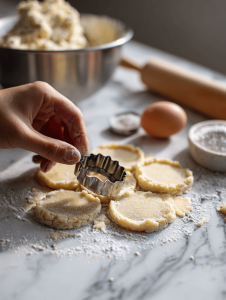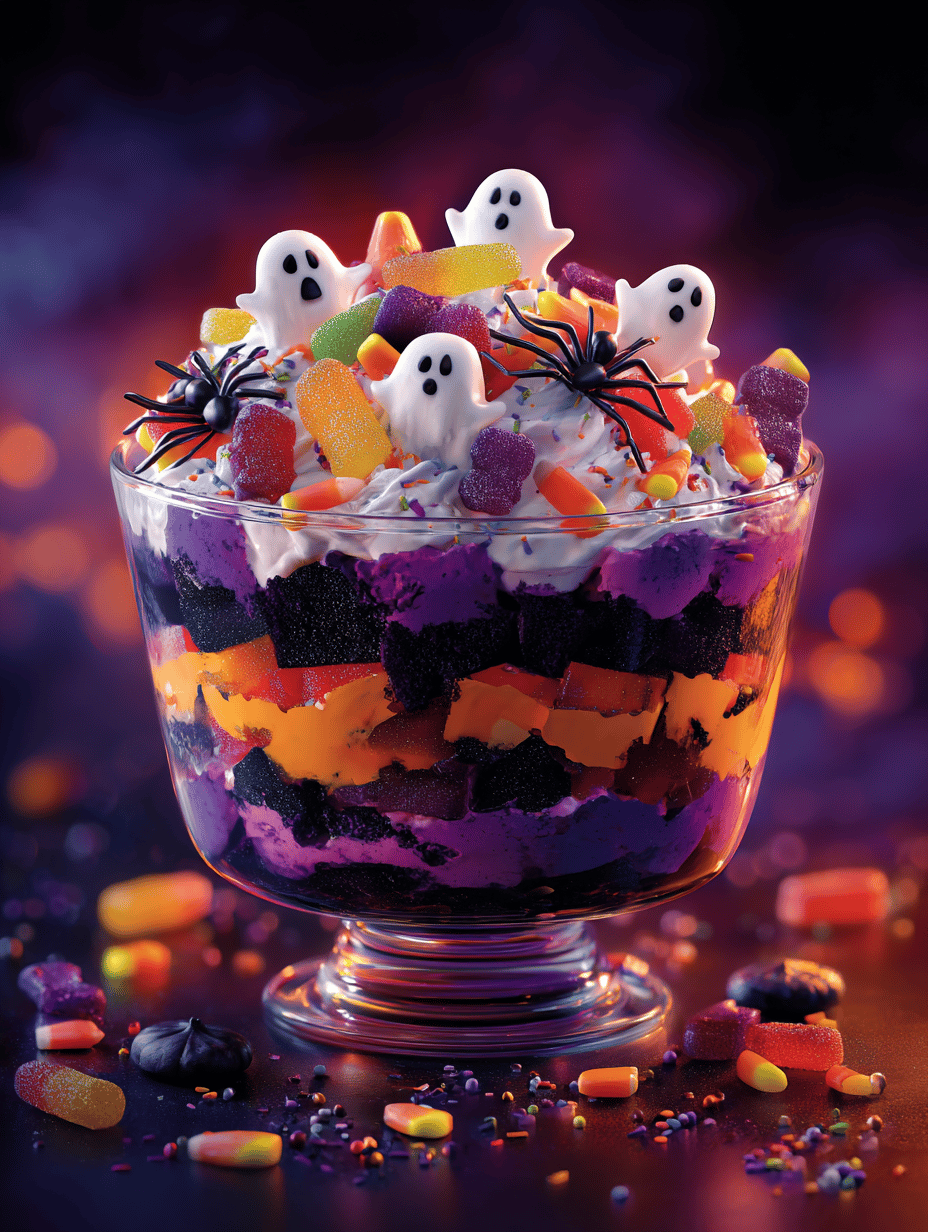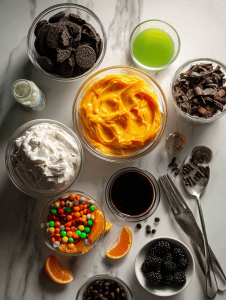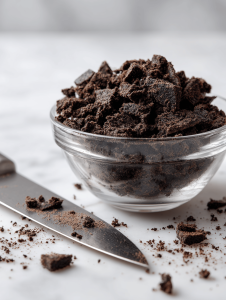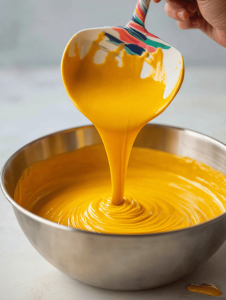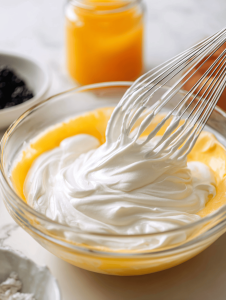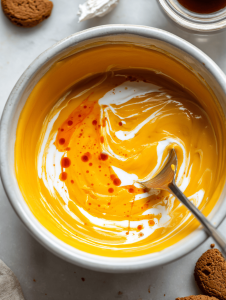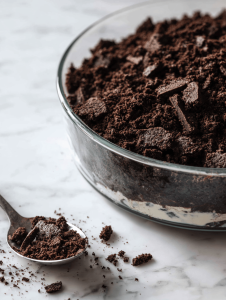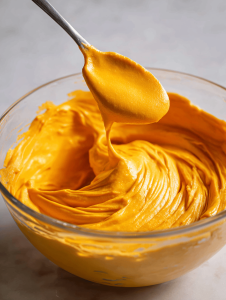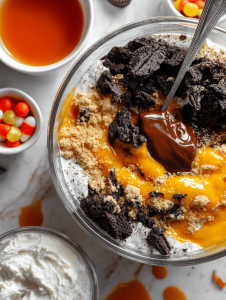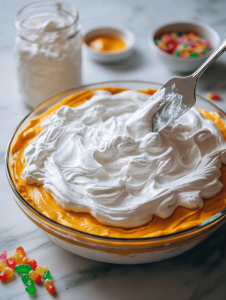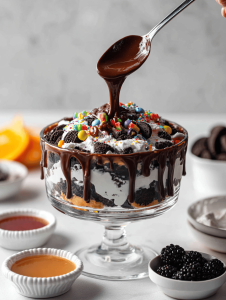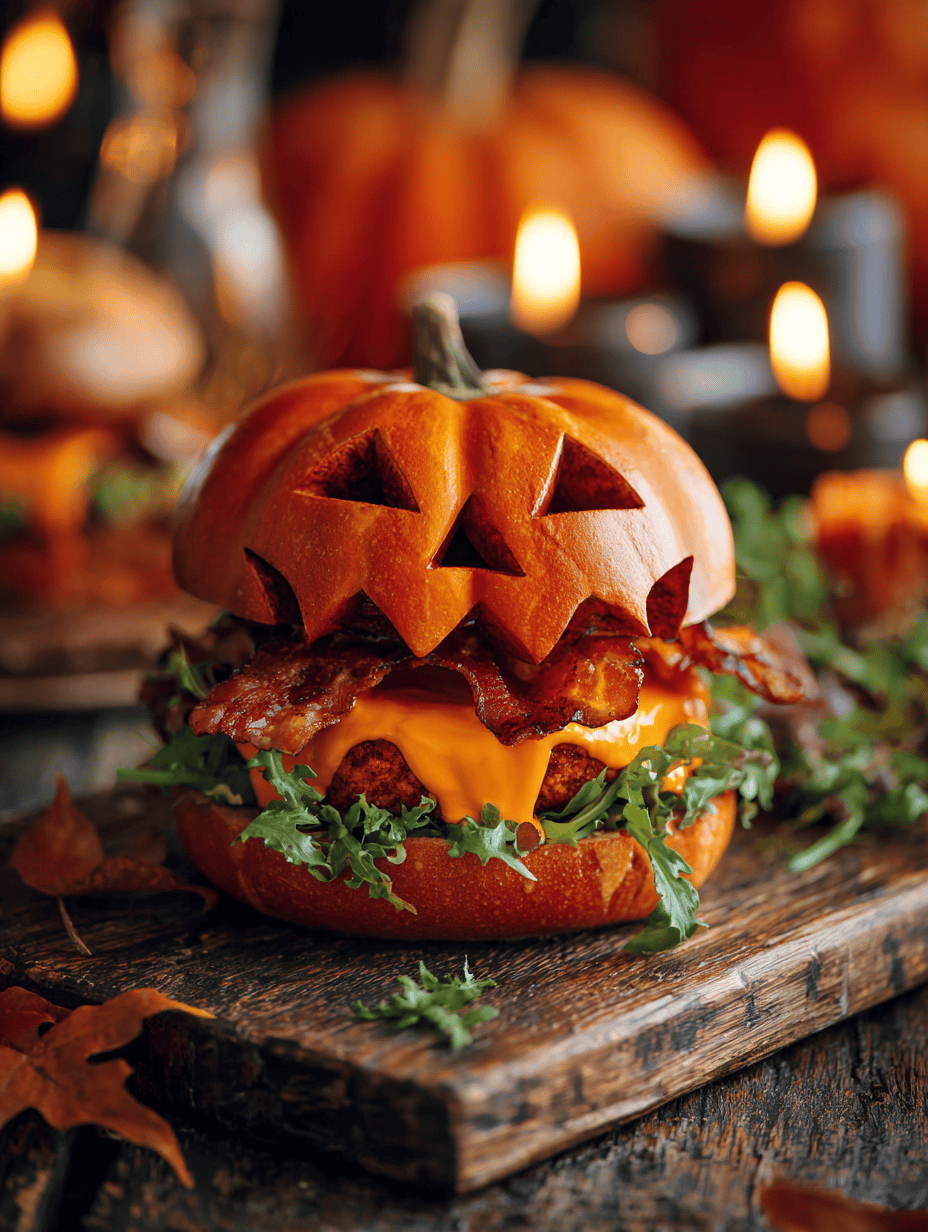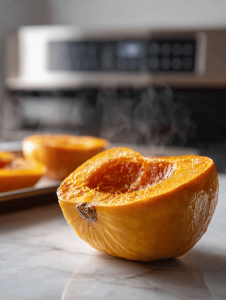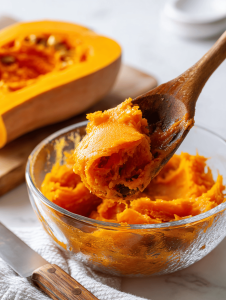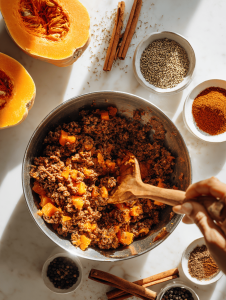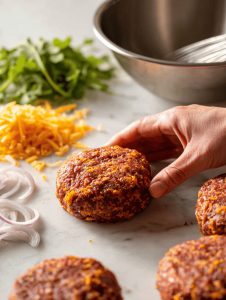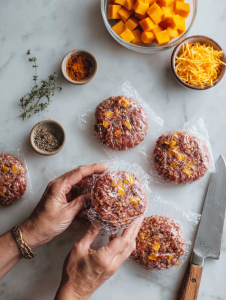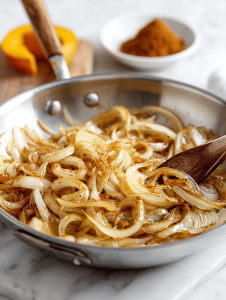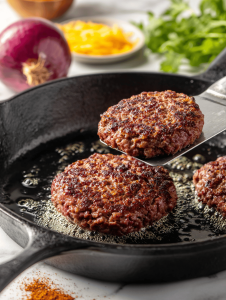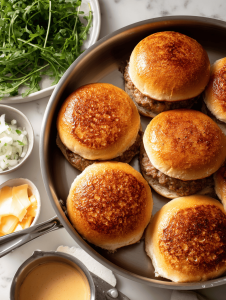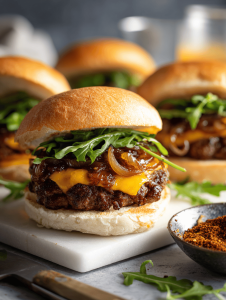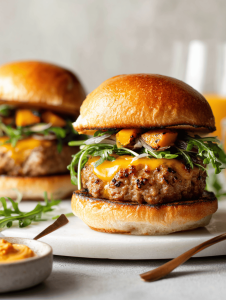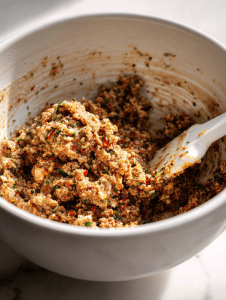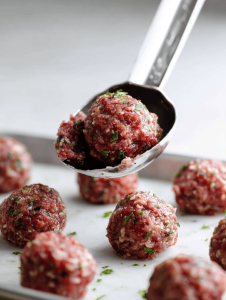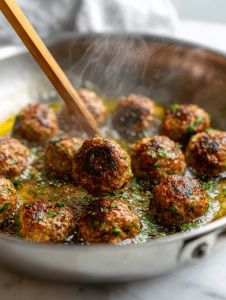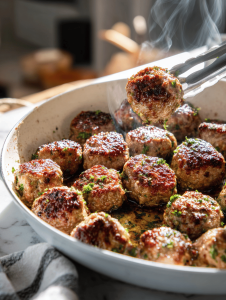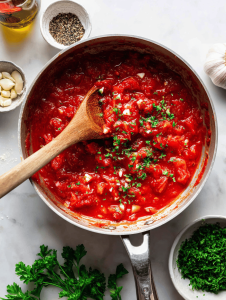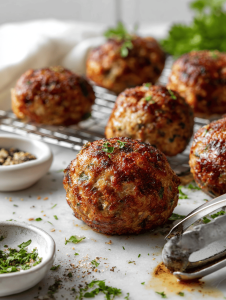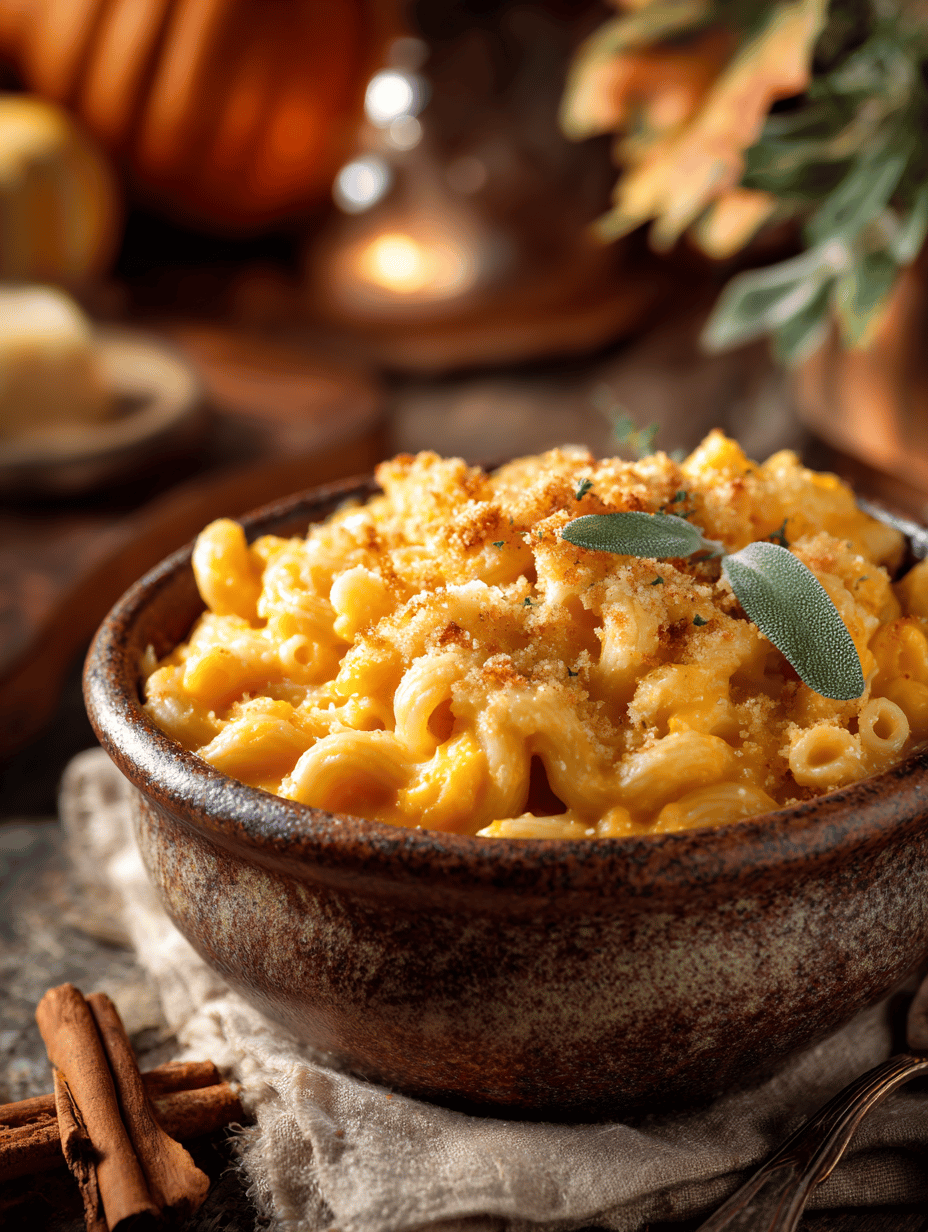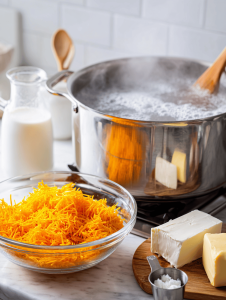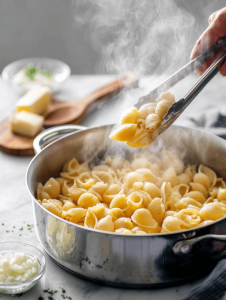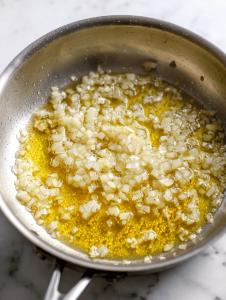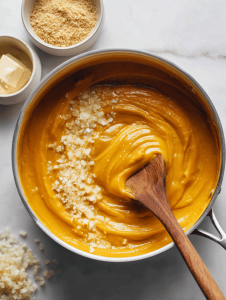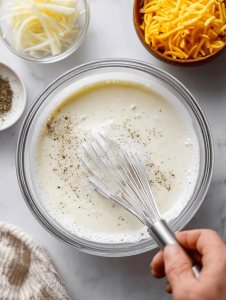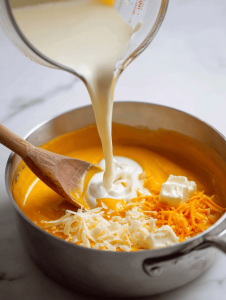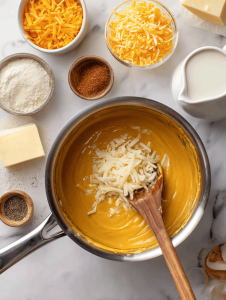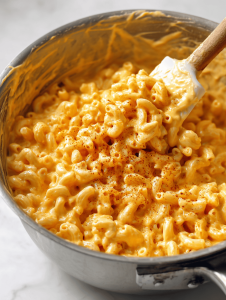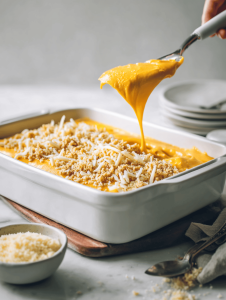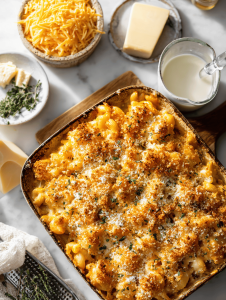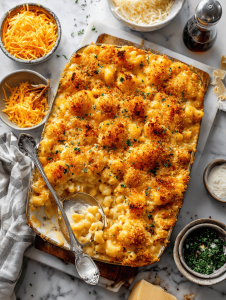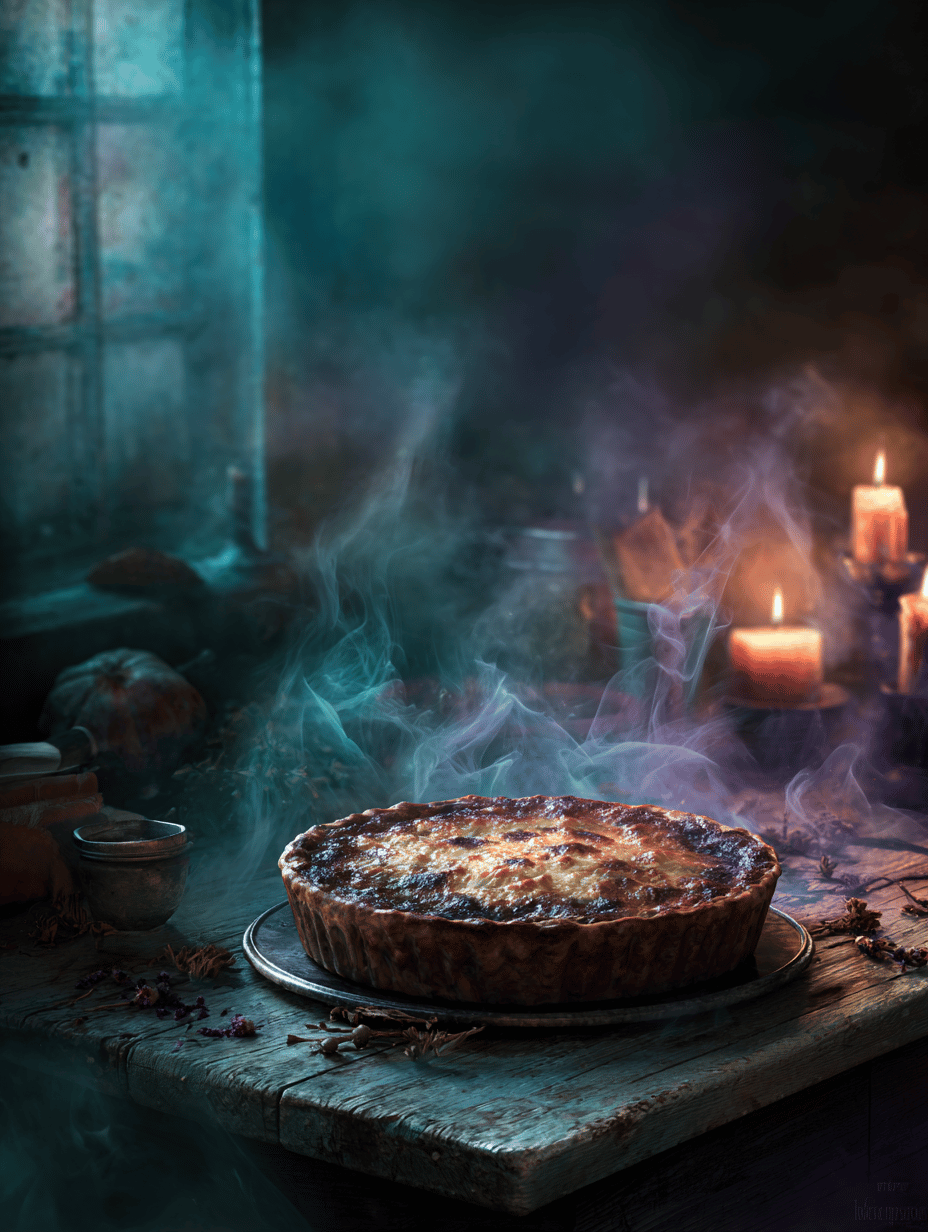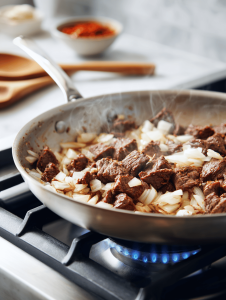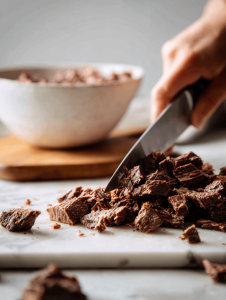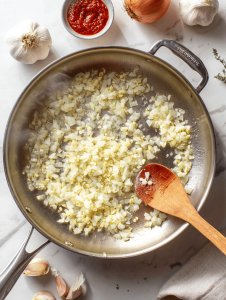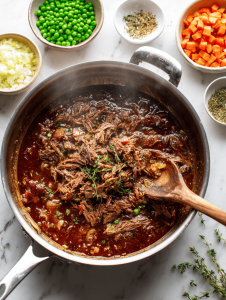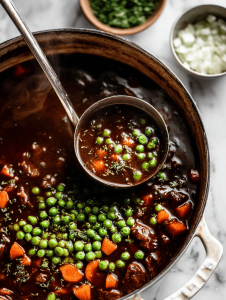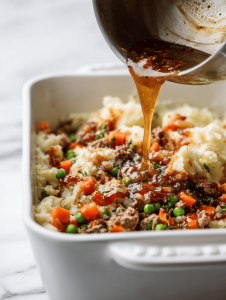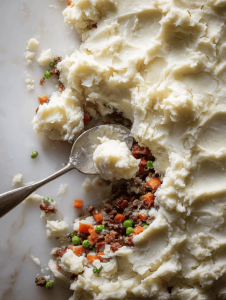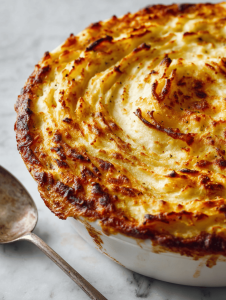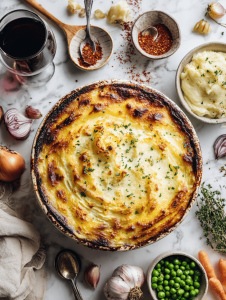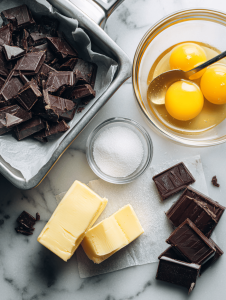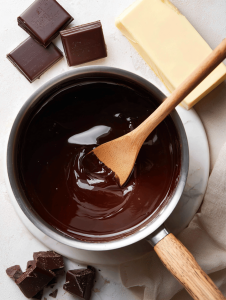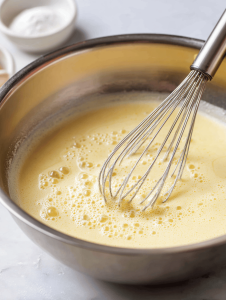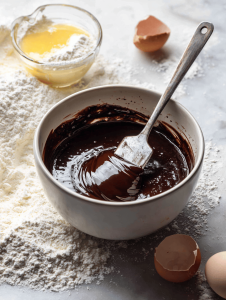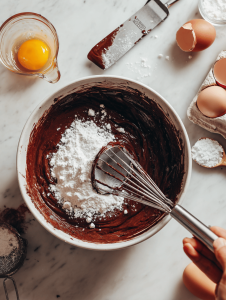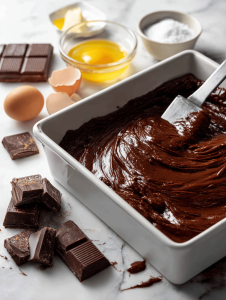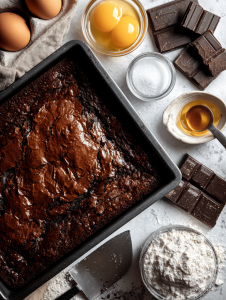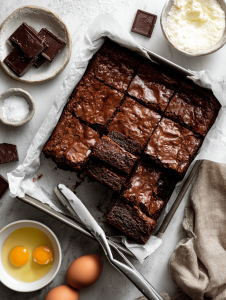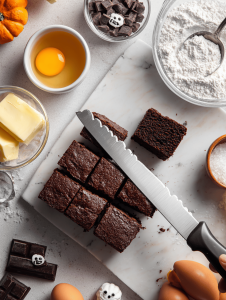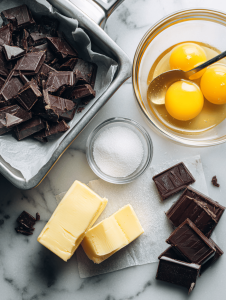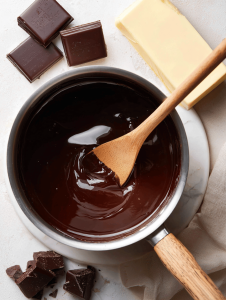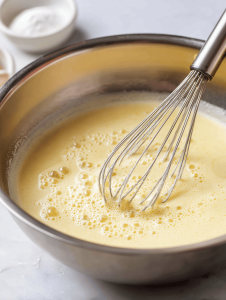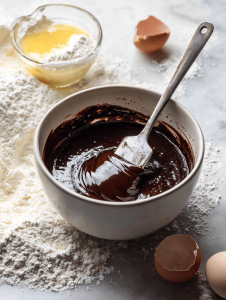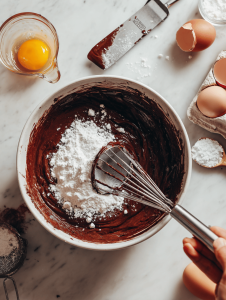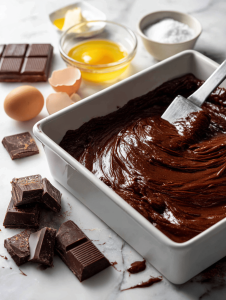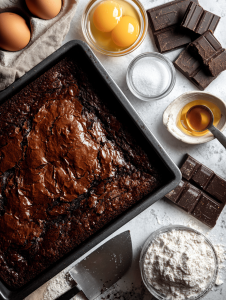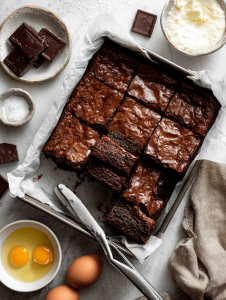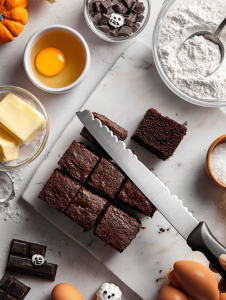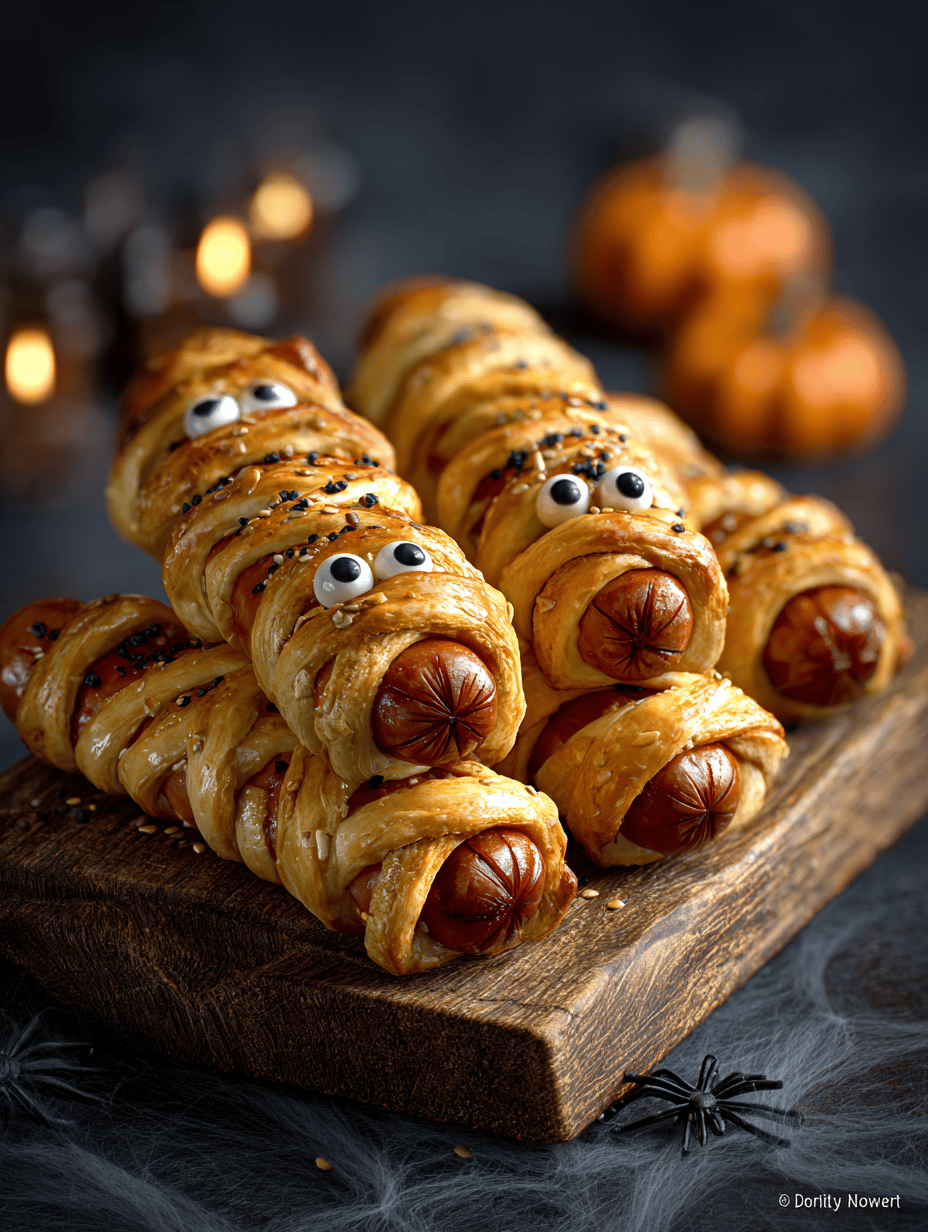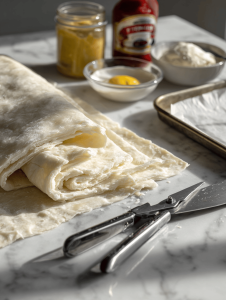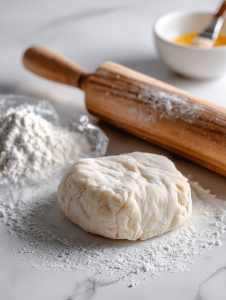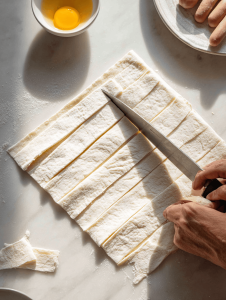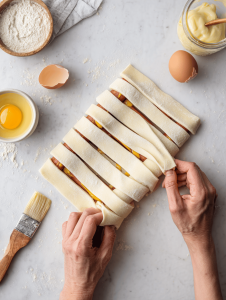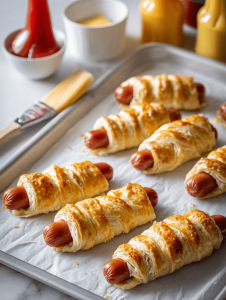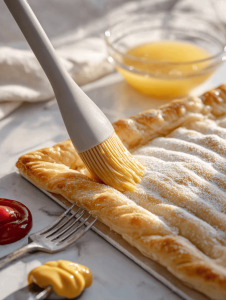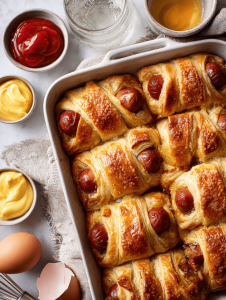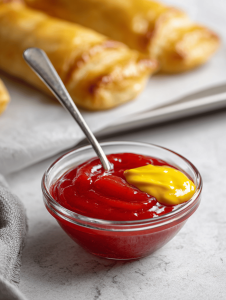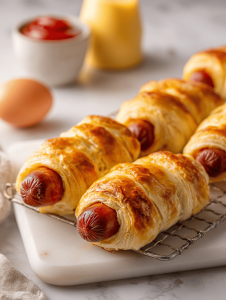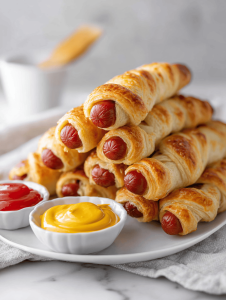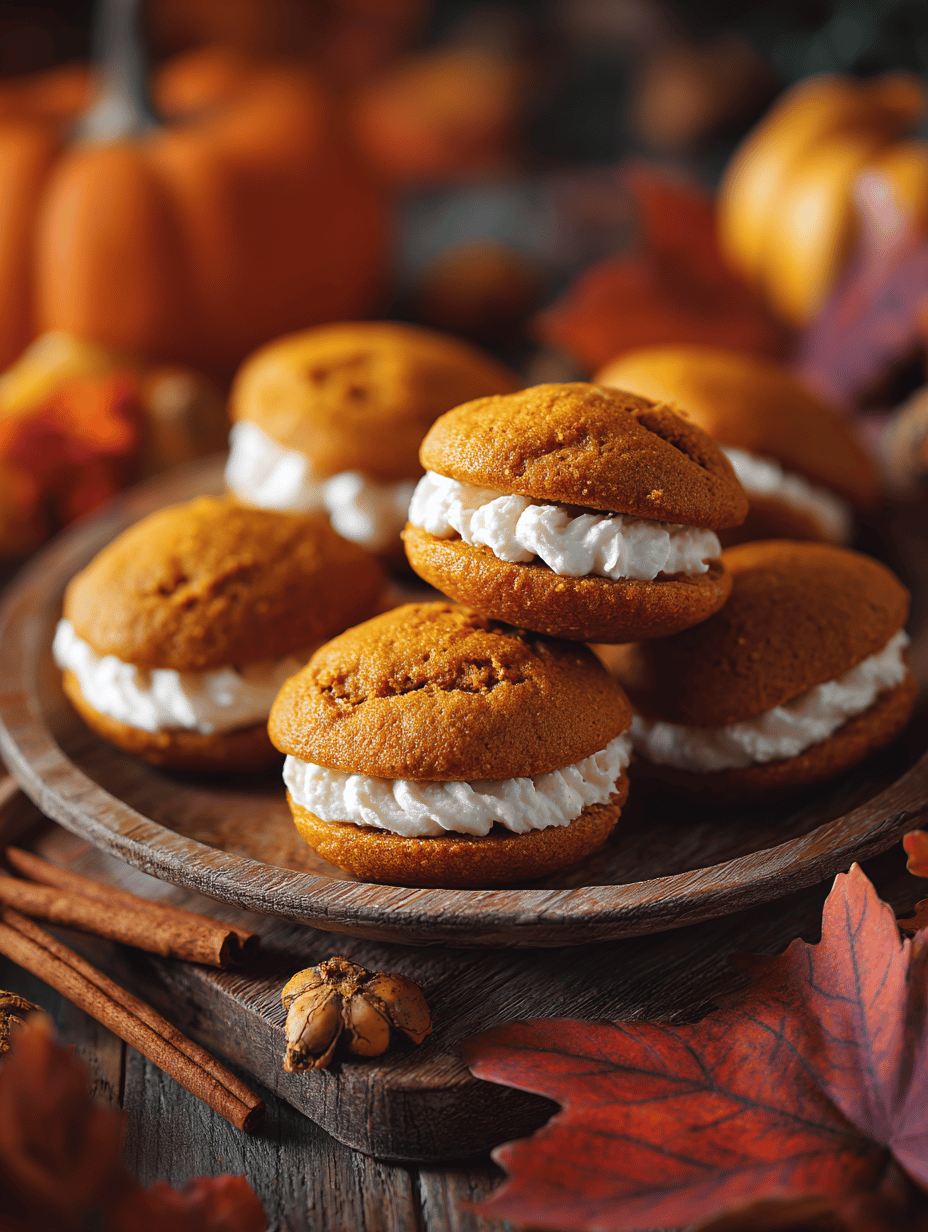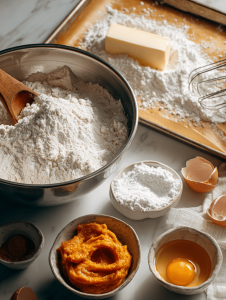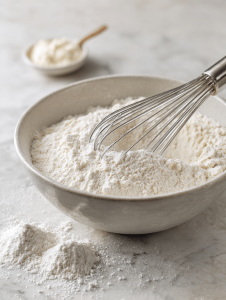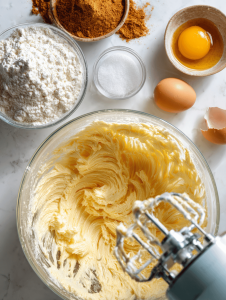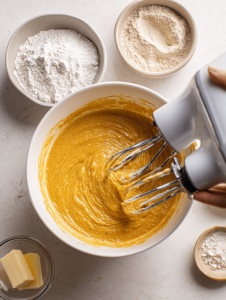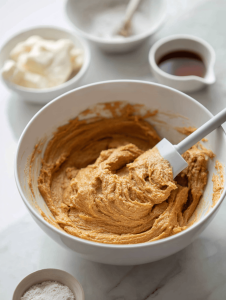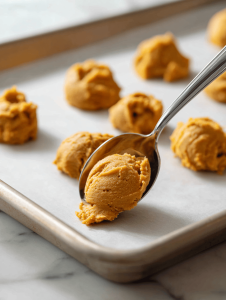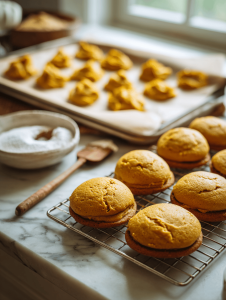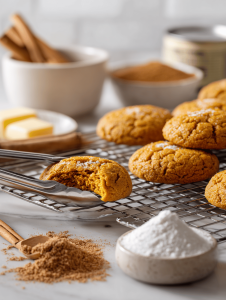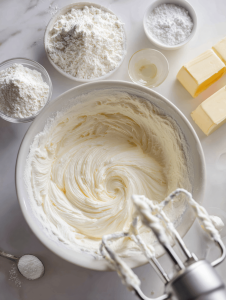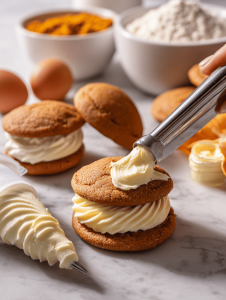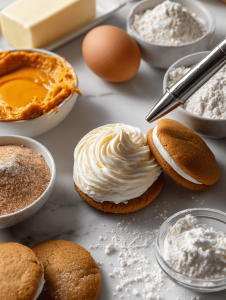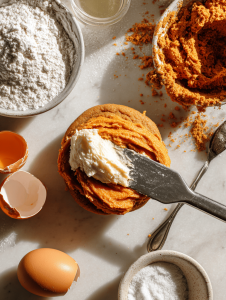Spiderweb donuts aren’t just a visual spectacle—they’re a test of patience and precision in the kitchen. I started making them on a whim, trying to mimic those delicate, lacy patterns I saw online. Turns out, the messy, web-like design is easier than you’d think, and the crispy texture is worth every second of the effort.
Why I Keep Spinning Back to These Donuts
Their imperfect webs remind me that beauty is in the chaos. I love the satisfaction of creating something both delicate and crispy. Every batch feels like a small victory, especially when the pattern turns out just right. Plus, they’re a conversation starter—eyes light up when you tell someone you made a web in your kitchen.
The Web of Flavors: Ingredient Breakdown
- All-purpose flour: Forms the crispy shell, needs good gluten structure but not too much. Swap with gluten-free if needed.
- Sugar: Sweetens and helps with browning. Brown sugar adds depth, but white is fine.
- Baking powder: Leavens the batter, making the donuts airy. No substitute, keep this in.
- Milk: Moistens the batter, making it tender. Almond or oat milk works if you’re dairy-free.
- Eggs: Bind the dough, add richness. Flax eggs or applesauce can replace if vegan.
- Vanilla extract: Adds aroma, enhances sweetness. Lemon zest can be a bright alternative.
- Vegetable oil: Frying fat, neutral and hot. Coconut oil gives a subtle flavor, olive oil too strong.
Tools of the Trade for Webby Wonders
- Deep-fry thermometer: Keeps your oil at the perfect 180°C (356°F) for even frying.
- Piping bag or squeeze bottle: Helps create the web pattern with precise control.
- Large heavy-bottomed pot: Provides steady, even heat for frying.
- Cooling rack: Allows excess oil to drip off and keeps the donuts crisp.
- Mixing bowls and spatulas: For preparing batter and mixing ingredients.
Crafting the Perfect Spiderweb Donuts
Step 1: Mix the dry ingredients: flour, sugar, salt, and baking powder in a big bowl.
Step 2: Combine wet ingredients: milk, eggs, vanilla, and melted butter in a separate jug.
Step 3: Pour wet into dry, stir gently until just combined. Don’t overmix, or your donuts will be dense.
Step 4: Heat oil to 180°C (356°F) in a deep fryer or heavy pot. Test with a small drop of batter; it should puff up quickly.
Crispy, Visual, and Textural Checkpoints
- Ensure oil is hot enough before frying; a thermometer helps. Too cold, donuts will soak; too hot, they burn.
- Watch for a golden-brown color; that’s when they’re done. Underneath, they should be firm and jiggle slightly.
- Listen for a consistent crackle when frying; this indicates steady heat and proper frying.
- Don’t overcrowd the pan; give each donut space to puff and crisp evenly.
Avoid These Web-Wobbles: Mistakes and How to Fix Them
- Oil too cold? IF THE OIL ISN’T HOT ENOUGH, DONUTS SINK AND GET SOGGY. UP TEMP TO 180°C (356°F).
- Poor web pattern? IF THE WEB PATTERN ISN’T CLEAR, PIPING TOO SLOW OR BATTER IS TOO THICK. THIN BATTER AND PIPING FASTER.
- Over-torched exterior? IF DONUTS BURN QUICKLY, OIL IS TOO HOT. LOWER TO 170°C (338°F).
- Undercooked centers? IF DONUTS ARE GUMMY INSIDE, OIL WASN’T HOT ENOUGH. WAIT FOR PROPER TEMP BEFORE FRYING.

Spiderweb Donuts
Ingredients
Equipment
Method
- In a large bowl, whisk together the sifted flour, sugar, and baking powder until well combined. This creates a light, dry mixture that will form the base of your batter.
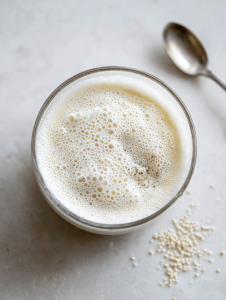
- In a separate jug or bowl, pour in the milk, add the beaten eggs, vanilla extract, and melted or softened butter. Whisk until smooth and combined, creating a fragrant, slightly frothy mixture.
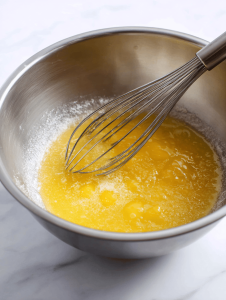
- Pour the wet mixture into the dry ingredients gradually, stirring gently with a spatula until just combined. Avoid overmixing; the batter should be slightly lumpy but smooth enough to flow easily.
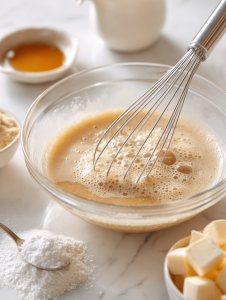
- Heat your oil in a large heavy-bottomed pot to exactly 180°C (356°F). Use a deep-fry thermometer to monitor the temperature closely for perfect frying. Once at temperature, test with a small drop of batter—if it sizzles and puffs up quickly, you’re ready.
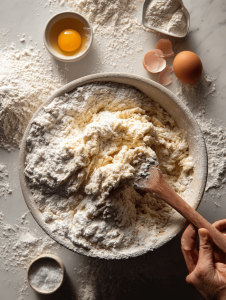
- Spoon the batter into a piping bag or squeeze bottle fitted with a small round tip. Carefully pipe thin, web-like circles onto a parchment-lined tray or directly into the hot oil, creating intricate web patterns. Work quickly but steadily to maintain control over the delicate design.
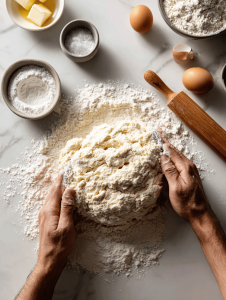
- Fry the web patterns for about 30-40 seconds or until they turn a beautiful golden brown. Use a slotted spoon to gently lift them out and transfer to a cooling rack to drain excess oil and crisp up.
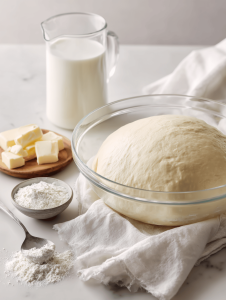
- Repeat the piping and frying process until all batter is used, maintaining the oil temperature around 180°C to keep the donuts crispy and evenly cooked.
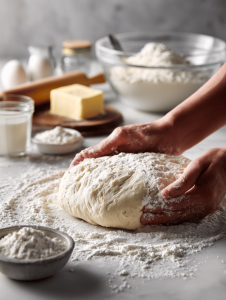
- Allow the donuts to cool slightly on the rack until they are crispy and firm, ready to be enjoyed. Serve immediately to experience the perfect crunch and web-like appearance.
